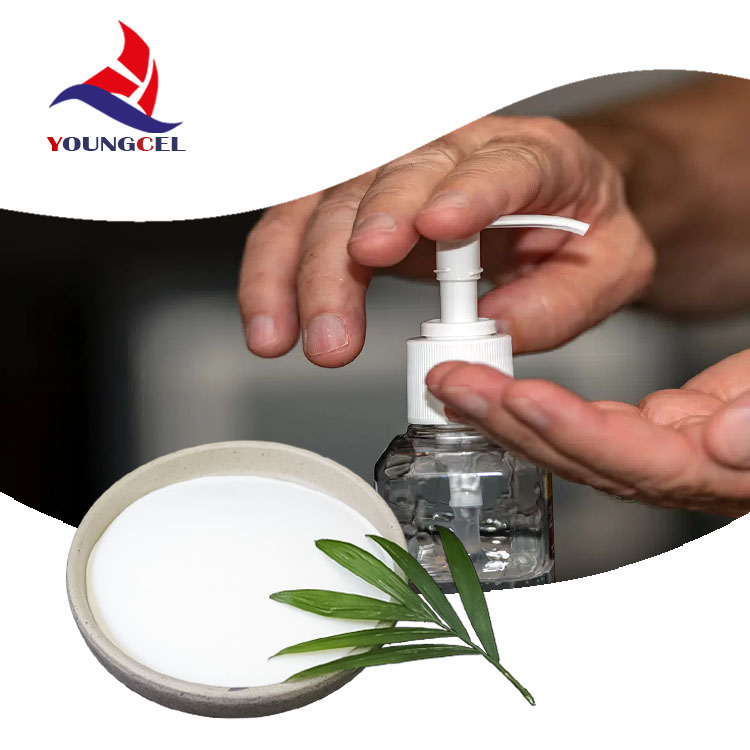Exploring HPMC Mortar A Modern Approach to Construction
In the rapidly evolving construction industry, innovation is a key driver of efficiency and effectiveness. One such advancement is the introduction of Hydroxypropyl Methylcellulose (HPMC) mortar, a versatile and modern alternative to traditional mortars. This article delves into the composition, properties, applications, and benefits of HPMC mortar, highlighting its role in contemporary construction practices.
What is HPMC Mortar?
HPMC is a non-ionic cellulose ether, derived from natural cellulose sources. It is commonly used in various construction applications due to its unique properties, such as water retention, adhesion, and workability. When integrated into mortar mixtures, HPMC enhances the performance of the mortar, making it more suitable for a wide range of building projects.
Properties of HPMC Mortar
One of the standout characteristics of HPMC mortar is its excellent water retention ability. This property is crucial in masonry and plaster applications, as it allows for better hydration of the cement particles, leading to improved strength and durability. Furthermore, HPMC enhances the adhesion of the mortar to various substrates, ensuring that tiles, bricks, or stones remain firmly in place.
HPMC mortar also exhibits superior workability, which makes it easier for builders to manipulate and apply during construction. The inclusion of HPMC can lead to improved flowability, allowing for smoother application without compromising the material's consistency. This feature significantly reduces labor time and increases productivity on-site.
Moreover, HPMC mortars have the added advantage of being less prone to cracking as they dry, thanks to their ability to retain moisture for extended periods. This quality is particularly beneficial in regions with varying humidity levels and temperatures, where traditional mortars might be more susceptible to stress and cracking over time.
hpmc mortar

Applications of HPMC Mortar
HPMC mortar is widely used in several applications within the construction industry. One prominent use is in tile adhesive formulations, where it ensures strong bonding between tiles and substrates, while also providing flexibility for slight movements that typically occur in buildings. This flexibility is essential to accommodate natural settling and thermal expansion.
Additionally, HPMC is utilized in plastering and rendering applications. Its properties enhance the application of plaster on walls, providing a smooth finish while also ensuring long-lasting adhesion. Furthermore, due to its water retention characteristics, HPMC mortars are ideal for exterior applications, protecting structures from water infiltration and subsequent damage.
Another significant application is in the production of dry-mix mortars. The dry-mix formulation allows for easy transportation and storage, as the mortar can be mixed with water on-site as needed. This aspect has transformed how mortars are used, making them more accessible and efficient for construction projects of all sizes.
Environmental Considerations
As the construction industry increasingly emphasizes sustainability, HPMC mortar presents an environmentally friendly option. The material is generally derived from renewable resources, and its application can lead to reduced resource consumption compared to traditional mortars. Additionally, the durability of HPMC mortar contributes to the longevity of structures, which is a significant factor in reducing the overall environmental impact of construction.
Conclusion
In conclusion, HPMC mortar represents a modern approach to construction that harmonizes efficiency, durability, and sustainability. Its unique properties, such as excellent water retention, improved adhesion, and enhanced workability, make it an invaluable material for a variety of applications. As the industry continues to evolve, HPMC mortar stands as a testament to the potential of innovative materials in shaping the future of building practices. Embracing such advancements is essential for meeting the growing demands for performance and sustainability in construction.
-
Premium Detergent Grade HPMC Hydroxypropyl Methylcellulose: Superior Thickening & StabilityNewsAug.31,2025
-
HEC 100000 Hydroxyethylcellulose for Paint | Superior ThickeningNewsAug.30,2025
-
Wall Putty Rdp Powder Packaging DesignNewsAug.29,2025
-
Introduction to Hpmc Hydroxypropyl Methyl CellulosNewsAug.29,2025
-
Hpmc Industri Grade IntegrationNewsAug.29,2025
-
How to Choose the Right Construction AdhesiveNewsAug.29,2025




